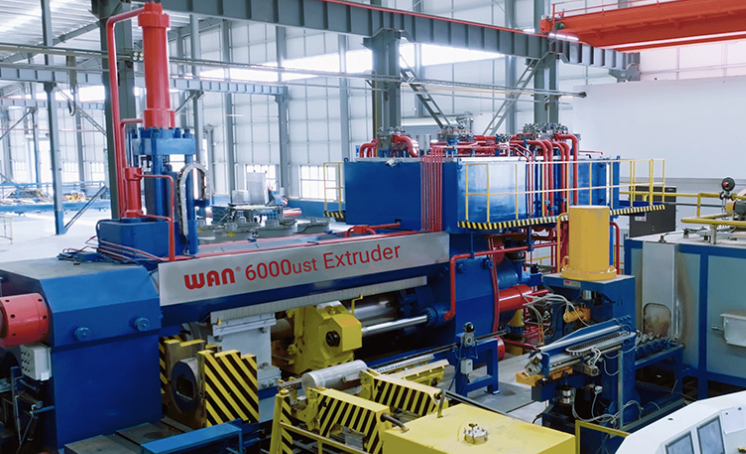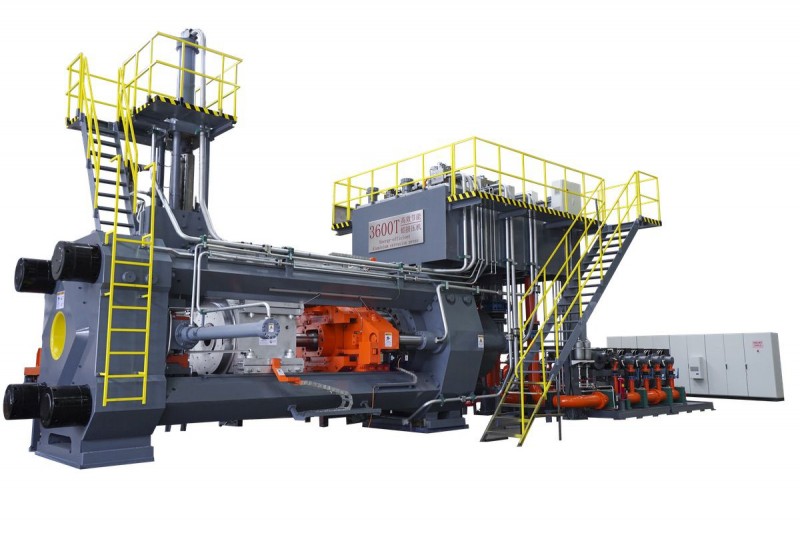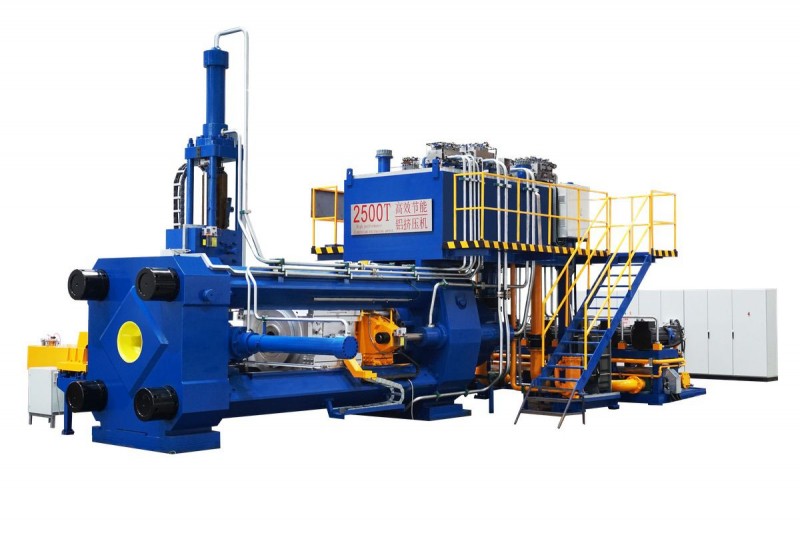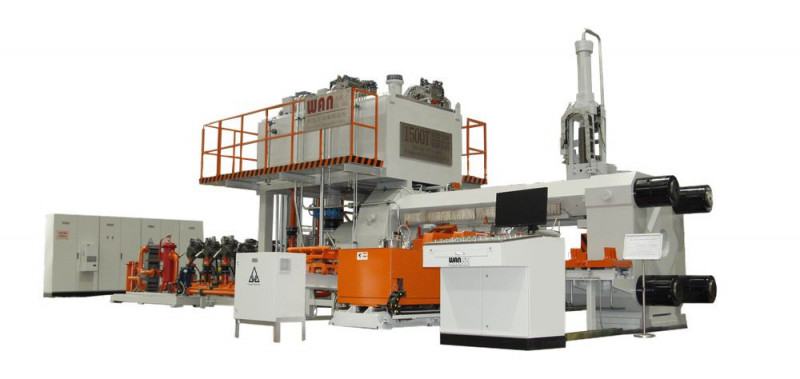The remarkable technology behind the creation of these extruded objects that we often use, like plastic bottles, building components and even our breakfast cereal is not readily seen. The extruder as a powerful machine for shaping plays the role of changing raw materials into various shapes with preciseness and efficiency.
At its base level, extrusion referred to as forced flow is a form of subtractive manufacturing process. Imagine pressing Play-Doh through a mold so that it takes on a desired shape. In the world of industry, this “Play-Doh” turns into many forms such as viscous pastes and doughs or molten polymers and metals. The “mold” becomes a precisely designed die that dictates the final cross-sectional profile of the extruded product. However, there is an essential difference in how it is done.
This is where the extruder comes in. It’s a powerful extrusion machine with different ways to apply controlled pressure so that material can be forced out through a die. This forceful molding defines not just final geometric aspects but also material characteristics depending on specific purposes for which it was made. To illustrate this, some metals can experience strain hardening during extrusion which enhances their strength.

Various types of internal operations are possible in an extruder, depending on the type and material being processed. However, there are some basic elements which are common for most extruders:
● Feed Hopper: This is where the material path starts from. The extruder is loaded with raw materials, such as pellets, powders or even premixed compounds by a metered feeding system.
● Barrel: A heated chamber encloses if provided with a screw to ensure that the material attains desired consistency for smooth extrusion. On-barrel heating elements coupled with frictional heat generated due to screw rotation increase material temperature.
● Die: Die is basically a metal mold designed accurately that defines the final cross-sectional shape of the product being made through extrusion methods. In designing dies; factors involved include pressure distribution; flow properties of the material and dimensional accuracy of products.
Extruders are of two main types, each applying a distinct method of force application:
Very popular in the extrusion industry, especially for thermoplastic materials such as polythene and PVC. They have a rotating screw that continuously forces the material through the barrel. Friction from the screw rotation and heating from the barrel cause an increase in material temperature which usually melts it into a viscous state. This enables efficient forming and molding of complex profiles.
Single Screw Extruders: It consists of a single screw that has a typical ratio (20:1) for more production.
Twin-Screw Extruders: These ones are more sophisticated and powerful because they use two intermeshing screws with higher L/D ratios (40:1 or even more). This arrangement makes them better suited for mixing tasks particularly when using heat sensitive substances or composites with different filler loads while allowing for precise product design like producing co-extruded pipes having separate layers.
Forces ranging between 100-5000 tons are applied on this type by using hydraulic ram to force directly the material through the die. With extruders, it is possible to process highly viscous materials (such as pastes, doughs and even immiscible blends of substances) that screw will be useless to operate on. Most times they work at lower temperatures thus they are suitable for use in heat sensitive products like some foodstuffs and certain polymers.
Extrusion can produce tiny details with a diameter as small as 0.1 mm. That just demonstrates the outstanding accuracy that one can achieve using this technology. The world of extrusion by no means reduces to simple material shaping; on the contrary, it is a device that has led to numerous innovations in the contemporary world.
It supports modern manufacturing through such applications as plastic packaging employed in preservation of foodstuff or light though very rigid elements applied in transportation modes among other sectors. As new applications are discovered and materials science continues to advance, extruder machines will remain an essential part of future development processes that culminate into exact shaped products.


